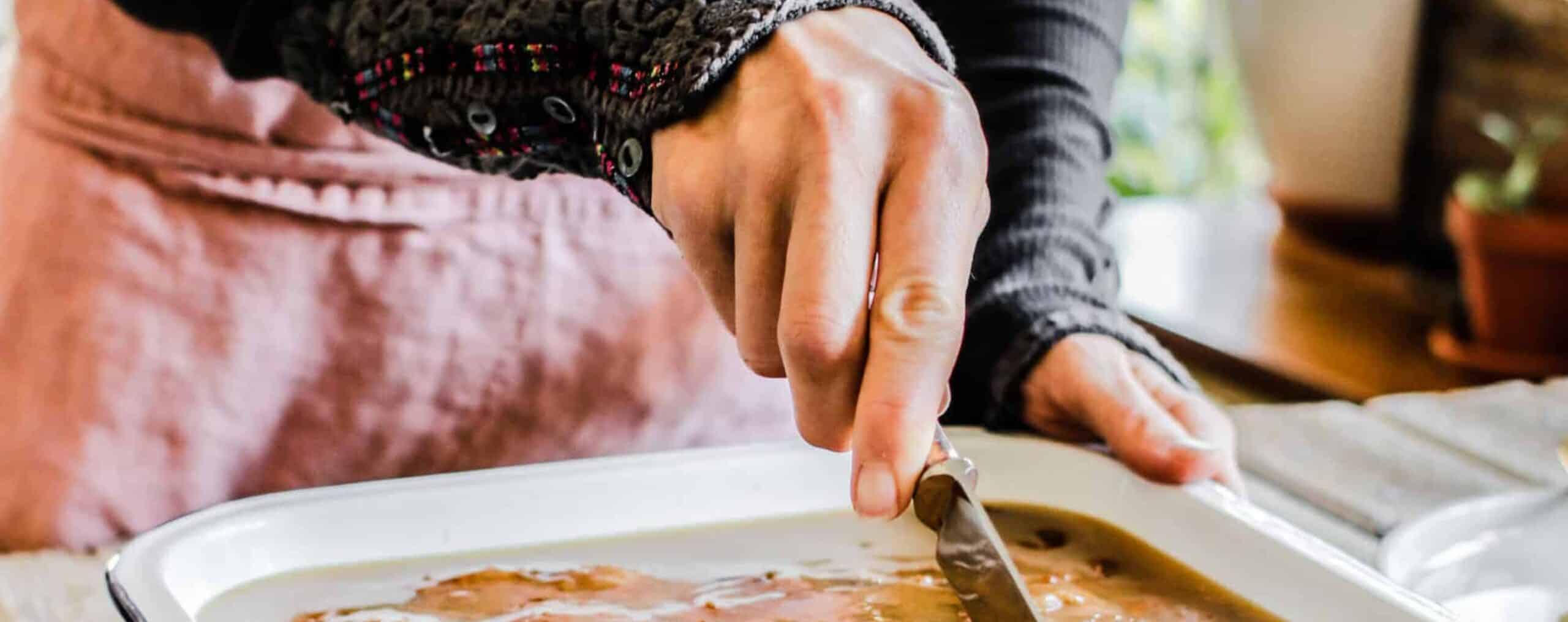
These Old-Fashioned Recipes for Desserts are Back – and Better Than Ever
These old fashioned recipes for desserts are still totally in style.
Everything old is new again. Classic dessert recipes are all the rage. Don’t worry, we’re not talking 1940s Jello recipes (may they rest in peace….forever…). Think more along the lines of old-fashioned cakes and cookies that your grandma probably made on repeat. In fact, many of these recipes have been passed down through generations.
Why, exactly, are these old-fashioned recipes back on our radar? Maybe these nostalgic desserts are embraced because they offer a sense of familiarity and comfort. Maybe it’s because they’re unfussy and uncomplicated. Or maybe it’s just because they’re incredibly delicious.
So, embrace your inner grandma, grab an apron and test out a few of our favorite old-fashioned recipes. We think you’ll find a few new favorites.
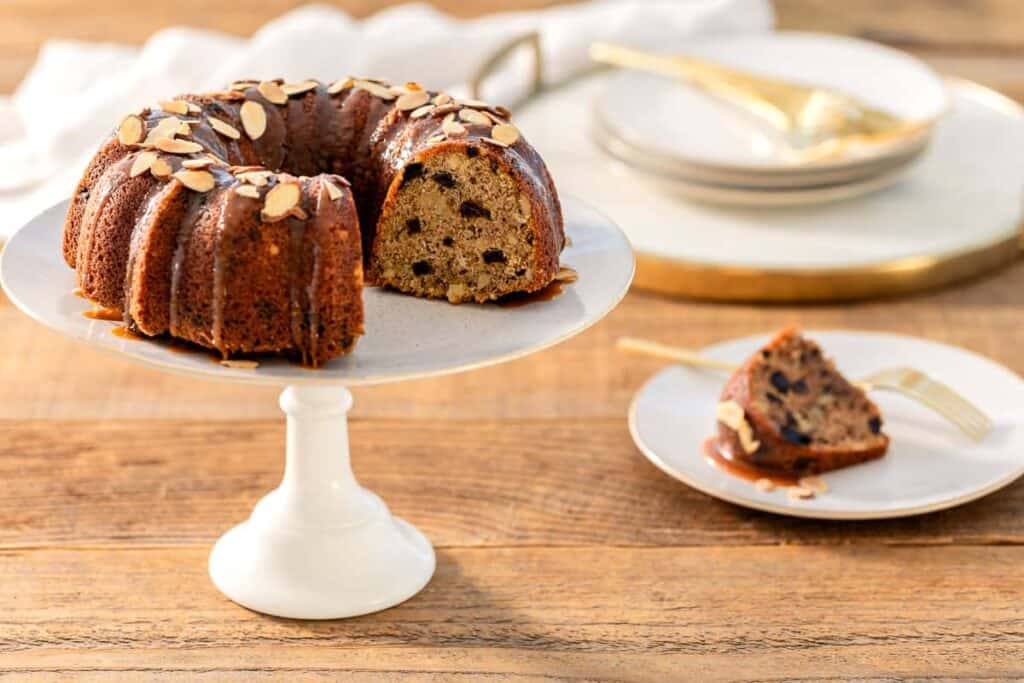
36 Lady Cake
In the early 1960s, the California Prune Advisory Board (hey, that’s us…in a past life) sponsored a recipe contest. One recipe was unanimously favored by the judges, but there was just one problem – 36 different women had entered the exact same recipe prune Bundt cake. From then on, the cake was famously known as 36 Lady Cake. The true origin of this recipe remains a mystery, but it’s a local favorite to this day.
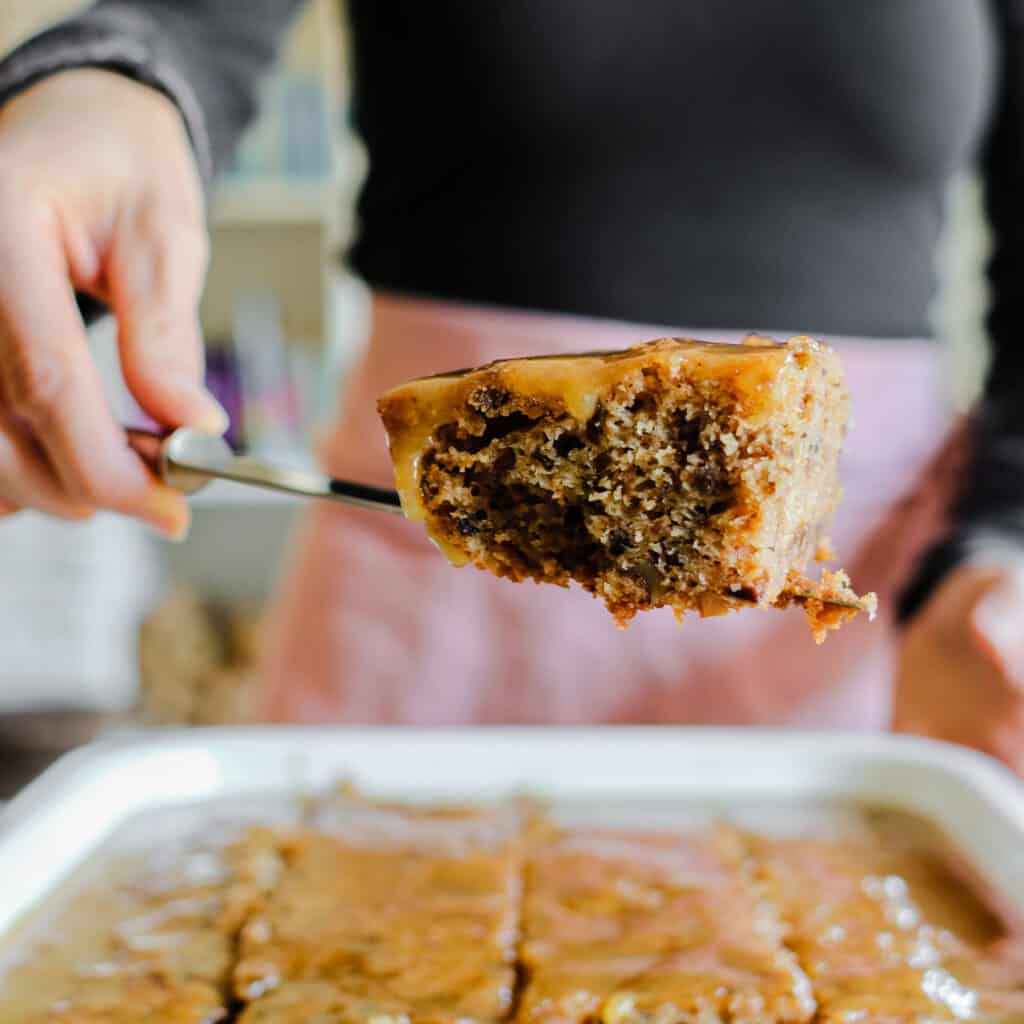
Old Fashioned Prune Cake
Old-fashioned prune cake was a staple in many cookbooks from the 1940s. In 1942, most of the world was at war. Sugar was rationed in the United States and abroad. Your grandma, however, was clued into a little secret – by adding prunes to a recipe, you can reduce the amount of sugar needed.
Prune cake became a family favorite – and this old-fashioned dessert is now finding favor with a new generation. In fact, it’s become one of Ree Drummond, The Pioneer Woman’s most popular cake recipes, and is regularly on the menu at her bakery!
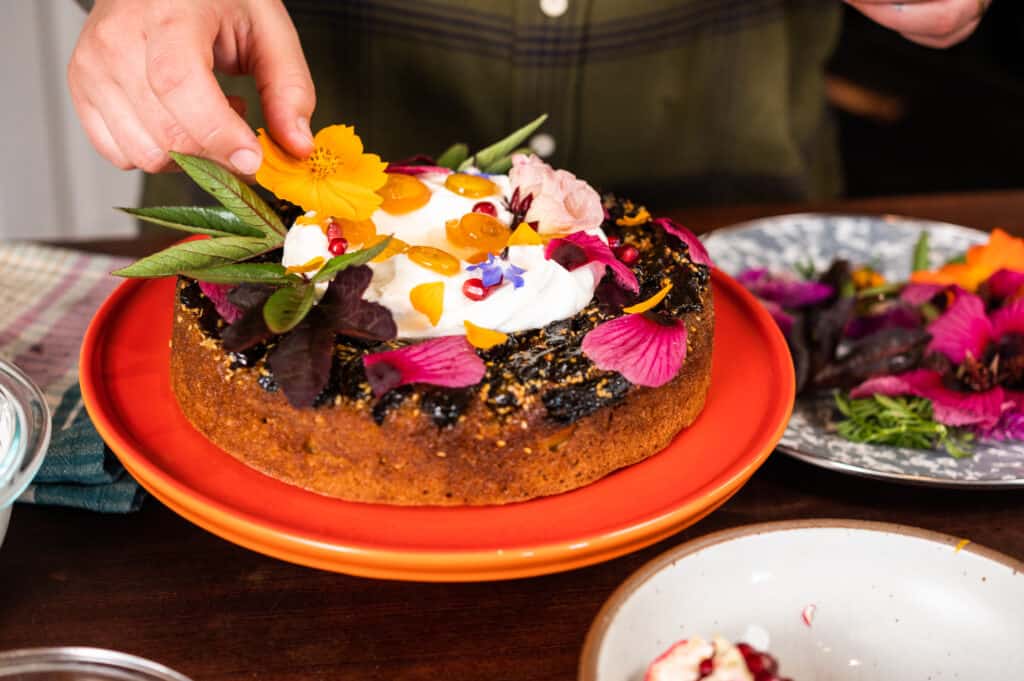
Prune Upside-Down Cake
Upside-down cakes have been around for centuries – dating back to when folks would have cooked baked goods baked goods over a fire. When you think about it, it makes sense to add the fruits to the bottom of the pan. It would caramelize the natural sugars and prevent the bottom of the cake from burning. In the early 20th century, Upside Down Cake became a trendy American treat when Pineapple Upside Down Cake made its meteoric rise. This recipe inspired many delicious variations – including our favorite, this Prune Upside Down Cake with Toffee and Sesame from Bayou Saint Cake.
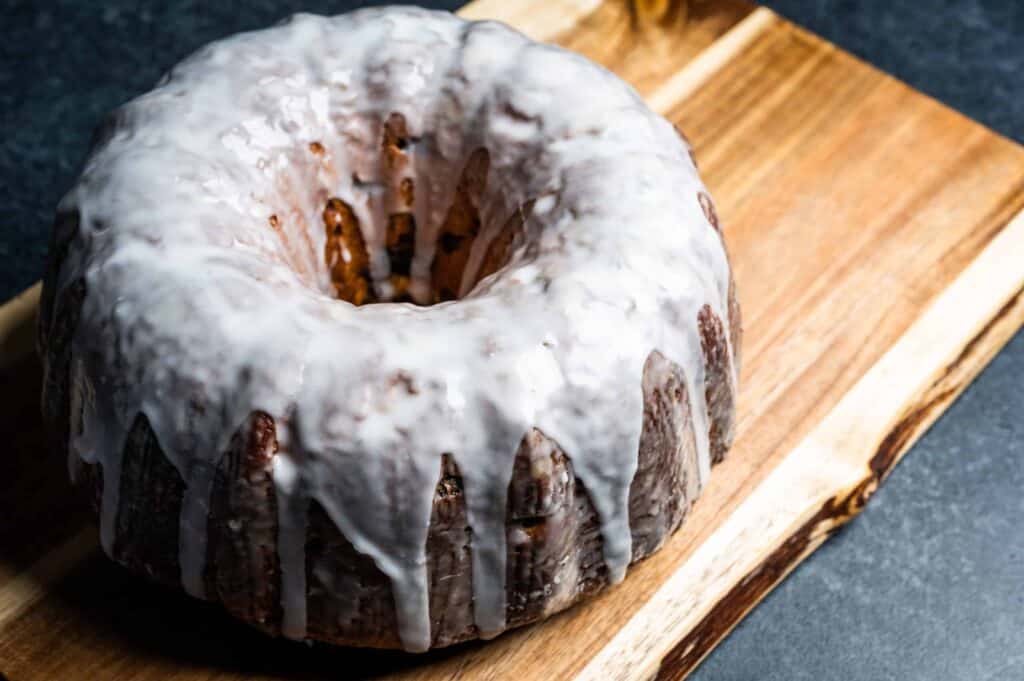
Election Cake
If you’ve ever tried to bribe a toddler with a treat, you’ve got a decent understanding of the thought process behind election cake. When the United States became independent in 1776, early citizens realized the importance of civic participation. Early American women regularly baked dried fruit studded cakes to encourage folks to attend elections and town meetings – hence, the name Election Cake.
Fun fact: some election cakes weighed in at nearly 12 pounds!
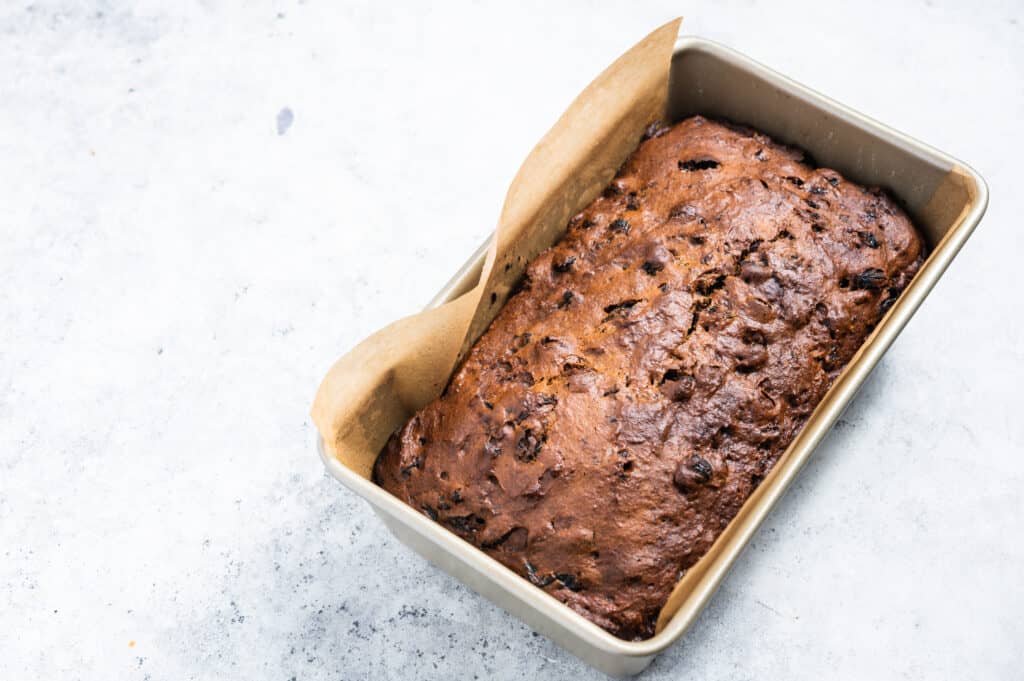
Malt Loaf
Malt Loaf is an old-fashioned British treat that made quite a splash when featured in Season 12 of the Great British Bake-Off. Prue Leith describes it as a “richer, denser fruitcake.” It is traditionally served at tea time with a dollop of whipped butter.
Fun fact: One of the first Malt Loaf recipes was patented in England in 1886, and then in the US in 1889 by John Montgomery. The (very) specific techniques he used to bake malt loaf caused some of the starches to break down into malt sugar – resulting in a softer bread with a longer shelf life.
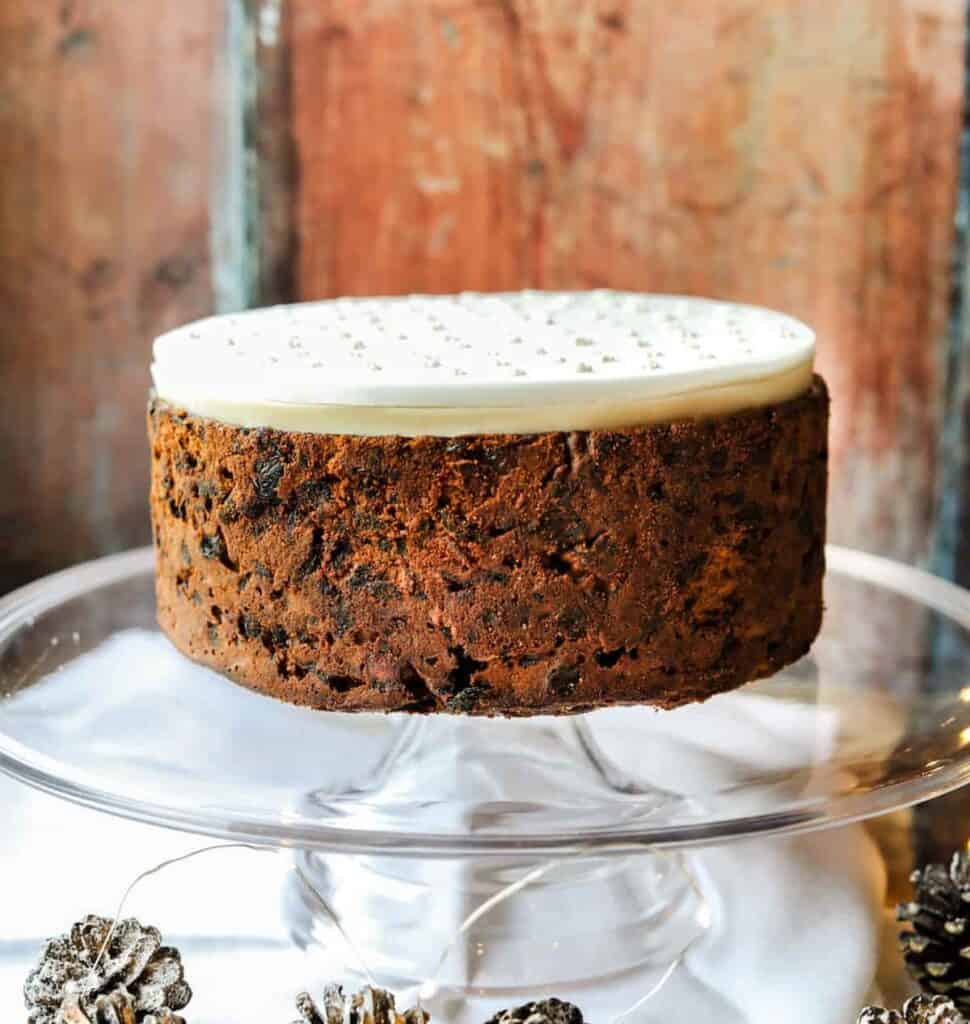
Christmas Cake
Christmas Cake is a similar to fruit cake, in that it’s loaded with dried fruit, nuts and usually a bit of booze – but no crazy dyed green and red fake-ish jarred fruit. Great British Bake-Off judge Paul Hollywood’s Christmas Cake is a rich recipe made with dried fruits, nuts and warm spices.
Another beloved British chef, Nigella Lawson, has never been shy about her love of adding prunes to baked goods. She uses them in her Chocolate Christmas Cake and her Luscious Vegan Gingerbread too.
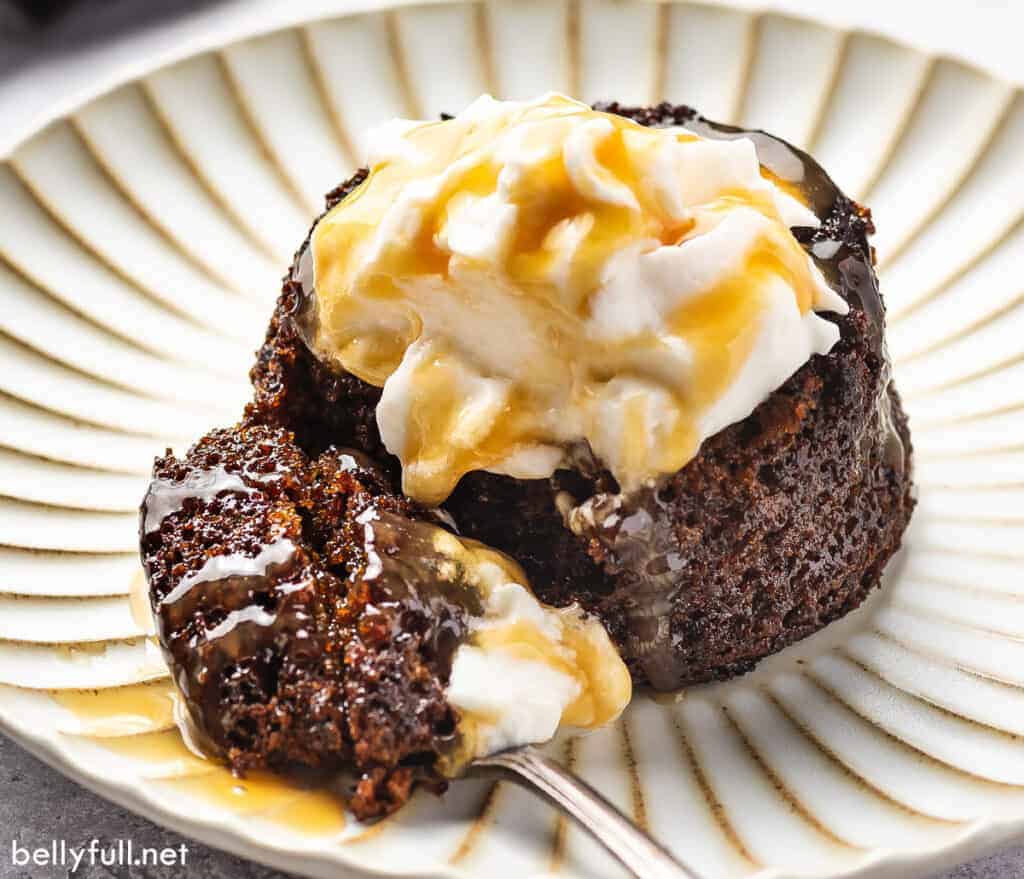
Sticky Toffee Pudding
Sticky Toffee Pudding was invented by a British chef in the 19th century as a way to use up leftover dates. The original recipe was simply sweetened dates drizzled with a toffee sauce. Over time it has evolved into a custard-like recipe. This old-fashioned recipe for British dessert is now making a splash in the states, thanks to shows like The Great British Bake-Off and Master Chef. Belly Full came up with the perfect take on this dreamy dessert – swapping the traditional dates for delicious California prunes. Brace yourselves for another British Invasion – this classic dessert is quickly winning the hearts of a new generation. In fact, Vy at Beyond Sweet & Savory uses prunes in her Toffee Pudding too!
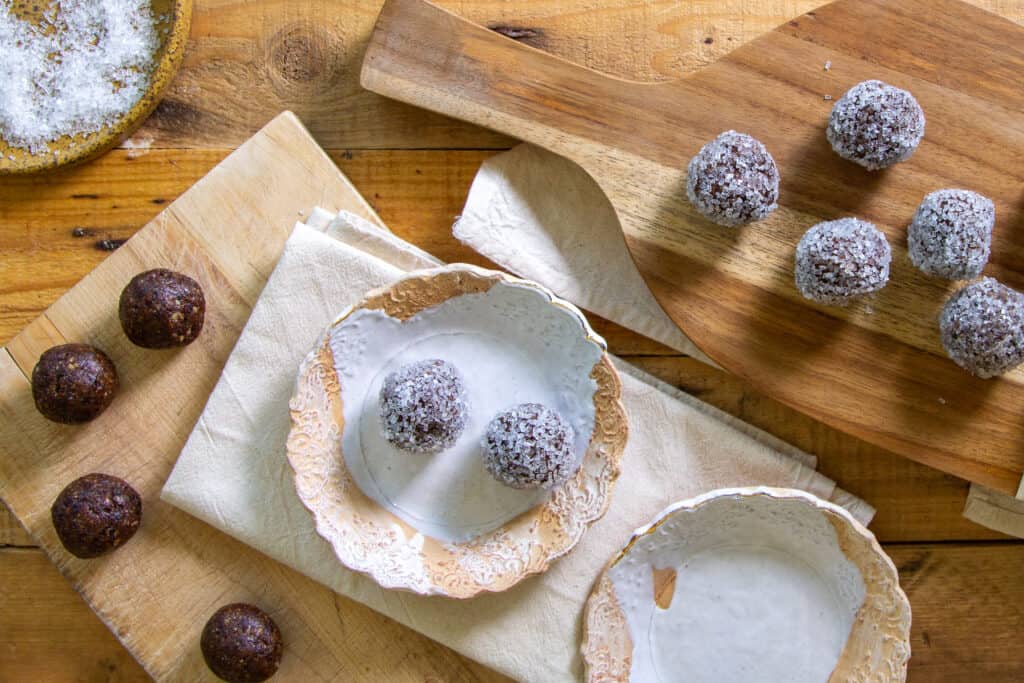
Traditional Sugar Plum Candy
Traditional Sugar Plum Candy has clearly stood the test of time. The poem “Twas the Night Before Christmas” may have immortalized this old-fashioned recipe in 1823, but the oldest recorded mention of this confection dates all the way back to 1403 when they were served at a royal wedding! This original rendition didn’t even contain plums – it was simply a plum-shaped candy (think sugar-coated seeds and nuts). Over time, the recipe evolved. Today, sugar plums are made with dried fruit (including prunes – which are dried plums), nuts and warm spices rolled in a crunchy sugary coating.
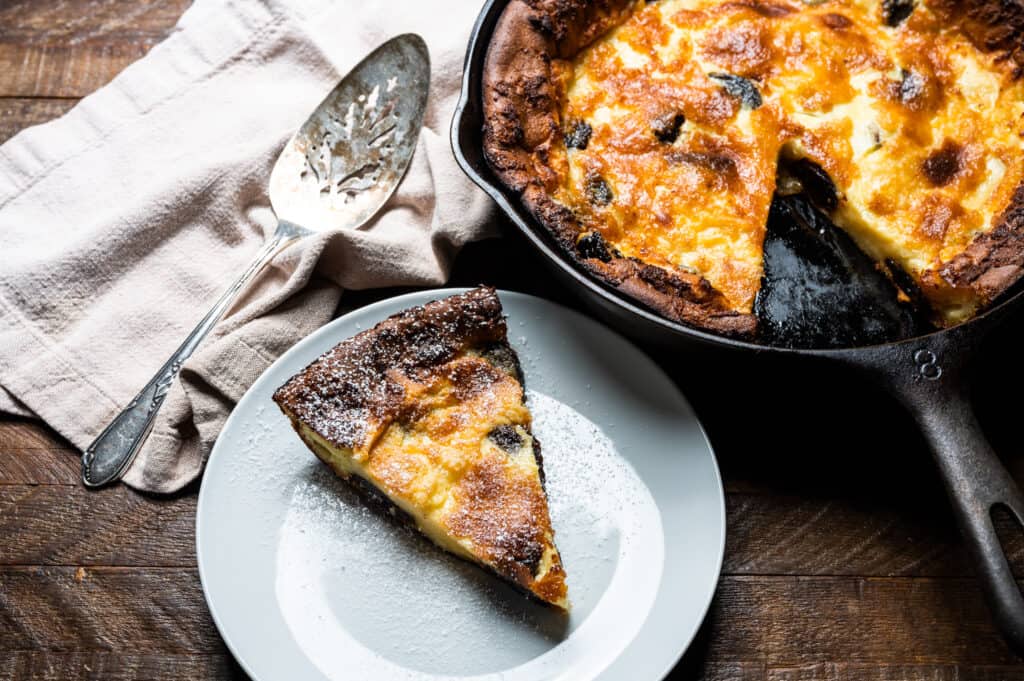
Far Breton
Far Breton is a classic French dessert from the Brittany region of France. The custardy Far Breton was a delicious showcase of the region’s signature products – brandy and prunes. This simple recipe gained popularity because it could be made with items almost always on hand. The original version didn’t even include eggs! If you’ve never tried Far Breton, it’s similar to a clafoutis (think a cross between a custard and cake). Our friend Guy Branum bakes a mean one, and he shared his fantastic recipe with us.
Want to learn more about baking with prunes?
Check out our Guide to Healthier Baking. We’ll walk you through how (and when) you can use prunes to replace some of the sugar, oil, butter, and even eggs in traditional recipes. And share a few delicious examples, of course.
Article by Hilary Rance for California Prunes